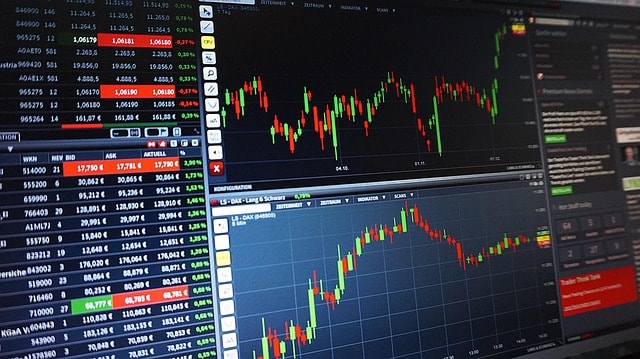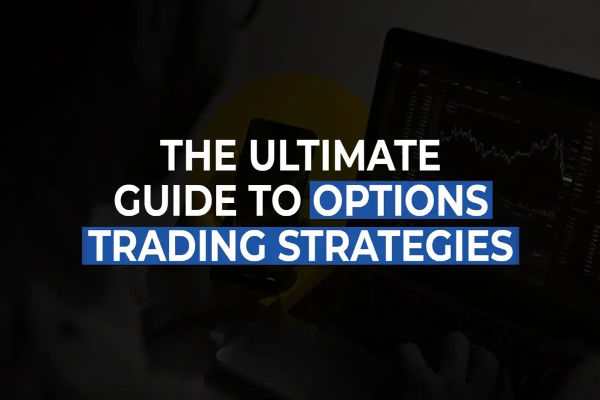Spot trading is one of the most straightforward and widely used financial asset trading methods in financial markets. Whether you're a beginner or an experienced trader, understanding how spot trading works, its advantages and its risks can help you make better decisions. In this guide, we'll explore spot trading, how it works, and the strategies you can use to succeed in spot markets.

What is Spot Trading?
Spot trading refers to the purchase or sale of financial assets like stocks, commodities, or currencies for immediate settlement at the current market price. Conducted in spot markets—also known as cash or physical markets—these transactions involve the prompt exchange of assets for cash, with ownership typically transferred within two working days (T+2). Unlike futures contracts, spot trading focuses on real-time prices and immediate delivery, making it straightforward, transparent, and ideal for traders looking to capitalise on short-term price movements. Its simplicity also makes it a great starting point for beginners.
How Spot Trading Works
Spot trading operates on the principle of supply and demand, where buyers and sellers determine the market price. Trades are executed "on the spot" at the current market price, and payments are processed immediately. A market order is often used in spot trading to execute trades immediately at the current market price. For example, if you're trading gold on the spot market, you pay the current price and take immediate ownership of the gold. The market-driven pricing ensures transparency, as prices fluctuate based on real-time supply and demand.
The price at which these assets are traded is known as the spot price, reflecting the current market price for immediate purchase or sale. Spot prices can change rapidly due to constant bidding and offering of financial instruments and commodities.
Trading Mechanism and Settlement
The trading mechanism in a spot market involves the direct exchange of financial instruments or commodities for cash. The price at which these assets are traded is known as the spot price, reflecting the current market price for immediate purchase or sale. Spot markets can exist in various forms, from organised exchanges to over-the-counter (OTC) platforms, wherever there is an infrastructure to facilitate such trades. The settlement process in a spot market typically involves the transfer of ownership of the asset from the seller to the buyer and the payment of cash from the buyer to the seller. This immediate settlement process ensures that both parties fulfil their obligations promptly, maintaining the integrity and efficiency of the market.

Spot Market Transactions and Liquidity
Spot market transactions involve the exchange of financial instruments or commodities for cash, executed at the current market price. One of the defining features of spot markets is their high liquidity, which refers to the ease with which assets can be bought or sold without causing significant price changes. This high liquidity is facilitated by the standardised nature of the assets traded and the presence of organised exchanges that streamline the transaction process. The ability to quickly and easily trade assets at the current market price makes spot markets an attractive option for traders looking to capitalise on immediate market opportunities.
Spot Trading vs. Futures Markets
Spot trading differs significantly from forward and futures markets. In spot trading, assets are exchanged immediately at the current market price, while forward and futures markets involve contracts that specify the purchase or sale of an asset at a future date. While the spot price is influenced mainly by supply and demand dynamics, the forward price involves additional financial considerations such as the time value of money and storage costs. Spot markets reflect the current price of an asset, whereas forward and futures markets reflect the expected price at a future date. This makes spot trading ideal for those who want to own the asset immediately, while futures and forwards are better suited for hedging or speculating on future prices.
Advantages and Disadvantages of Spot Trading
Spot trading offers several advantages, including real-time pricing, full ownership of assets, and high liquidity. Since trades are executed at the current market price, there is no uncertainty about future prices. Additionally, spot trading does not involve leverage, which limits potential losses to the initial investment. However, spot trading also has its drawbacks. Market volatility can lead to rapid price fluctuations, resulting in potential losses. Unlike futures trading, spot trading does not offer built-in hedging mechanisms, which can be a disadvantage for risk-averse traders.

Spot Trading Strategies
To succeed in spot trading, it's essential to have a solid strategy. Developing a tailored trading strategy is crucial for navigating the spot market effectively. One popular approach is the "buy and hold" strategy, where traders purchase assets and hold them for the long term to benefit from price appreciation. This strategy is ideal for stable assets like blue-chip stocks or gold. Another common strategy is day trading, where traders buy and sell assets within the same day to capitalise on short-term price movements. This requires constant monitoring of the market and a good understanding of technical analysis.
Swing trading is another effective strategy, where traders hold assets for several days or weeks to profit from medium-term trends. This approach combines technical and fundamental analysis to identify entry and exit points. Regardless of the strategy, risk management is crucial. Setting stop-loss orders, diversifying your portfolio, and staying informed about market conditions can help minimise risks and maximise returns.
Risk Management in Spot Trading
Effective risk management is essential for success in spot trading. One of the most important techniques is setting stop-loss orders, which automatically sell an asset if it reaches a certain price, limiting potential losses. Position sizing is another critical aspect of risk management. By only investing a small percentage of your capital in a single trade, you can reduce the impact of any single loss. Diversification is also key. Spreading your investments across different assets can help mitigate risks associated with market volatility.
Staying informed about market news and trends is another important aspect of risk management. By keeping an eye on economic indicators, geopolitical events, and other factors that influence market prices, you can make more informed trading decisions. Additionally, it's important to avoid emotional trading and stick to your strategy, even during periods of market uncertainty.
Conclusion
Spot trading is a simple and transparent way to trade financial assets, offering real-time pricing and immediate ownership. Whether you're trading stocks, commodities, or currencies, understanding the mechanics of spot trading and using effective strategies can help you succeed. By mastering spot trading, you can take advantage of market movements and build a profitable trading portfolio. Remember to use risk management techniques like stop-loss orders and diversification to protect your investments and maximise your returns.
Disclaimer: This material is for general information purposes only and is not intended as (and should not be considered to be) financial, investment or other advice on which reliance should be placed. No opinion given in the material constitutes a recommendation by EBC or the author that any particular investment, security, transaction or investment strategy is suitable for any specific person.









